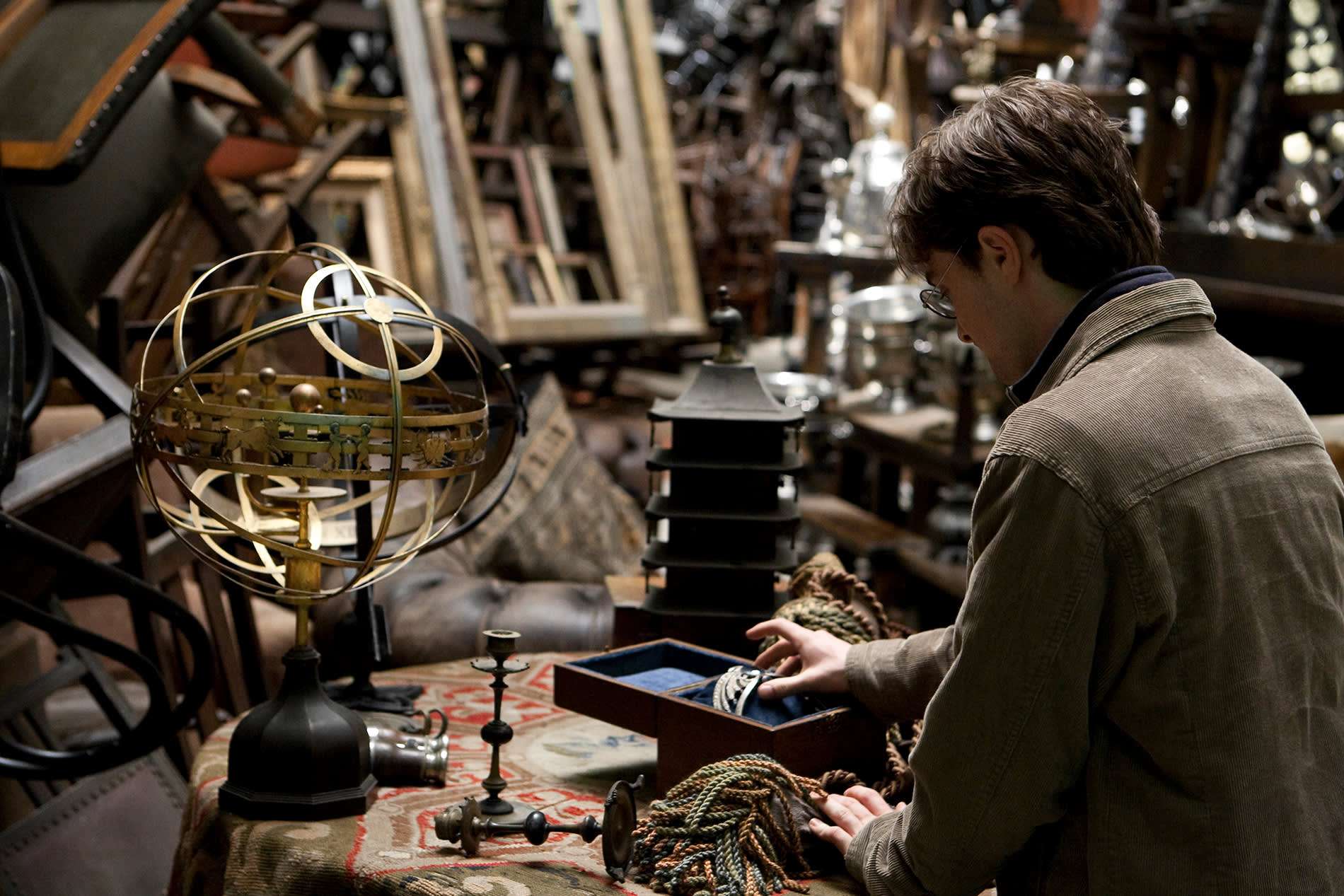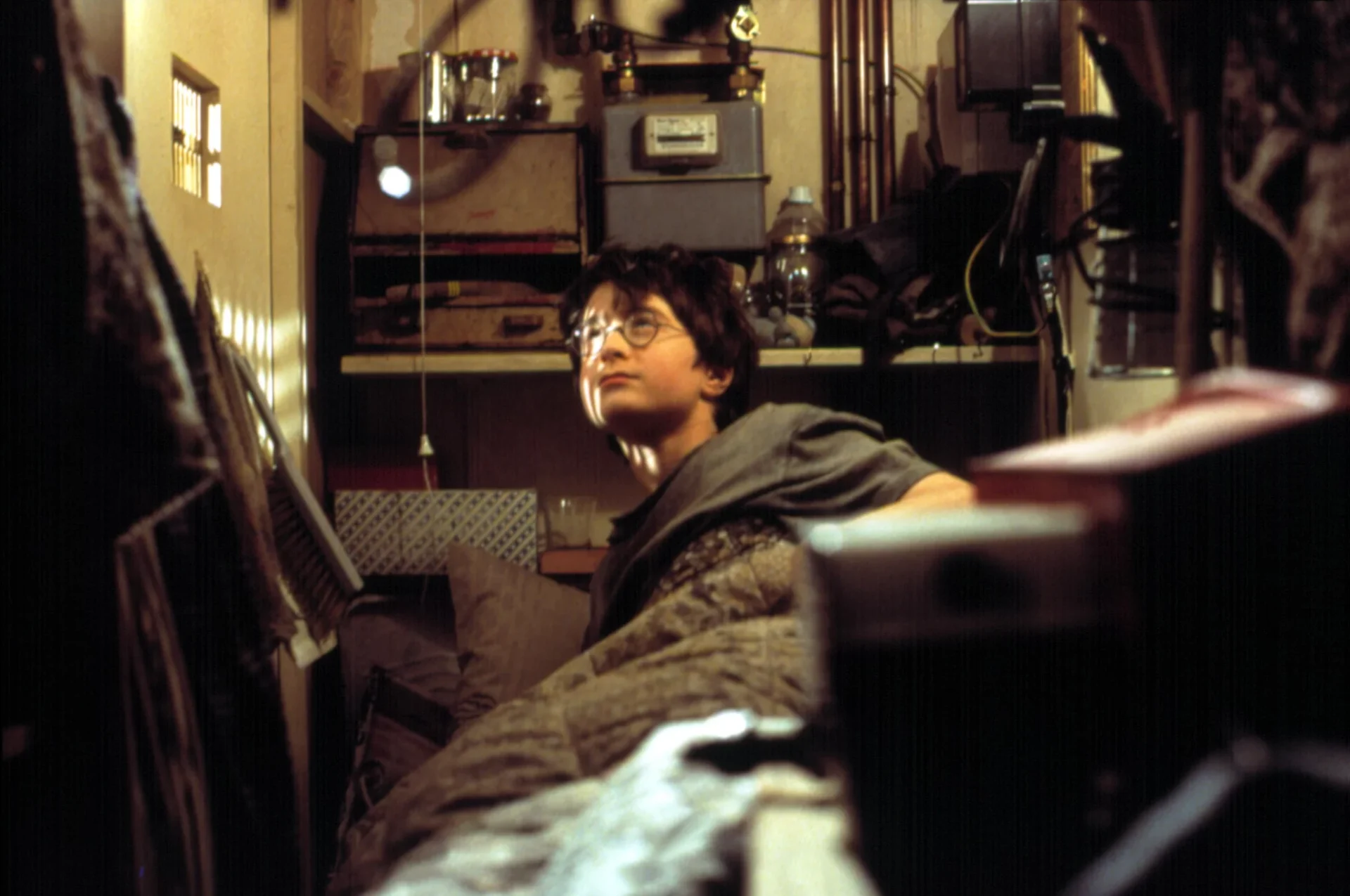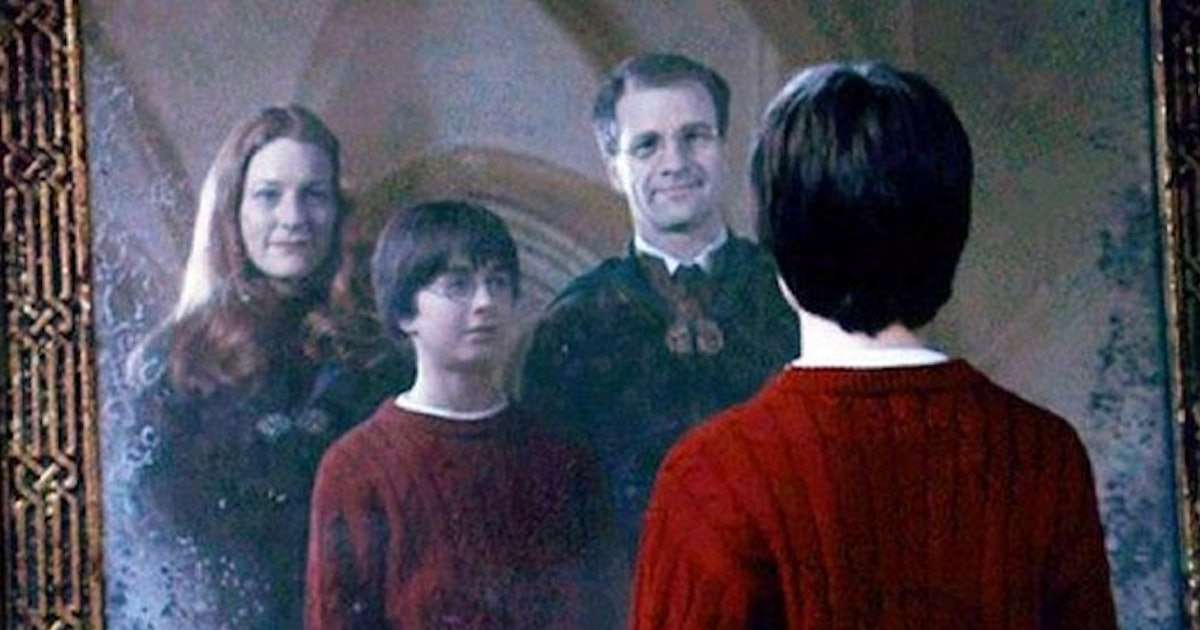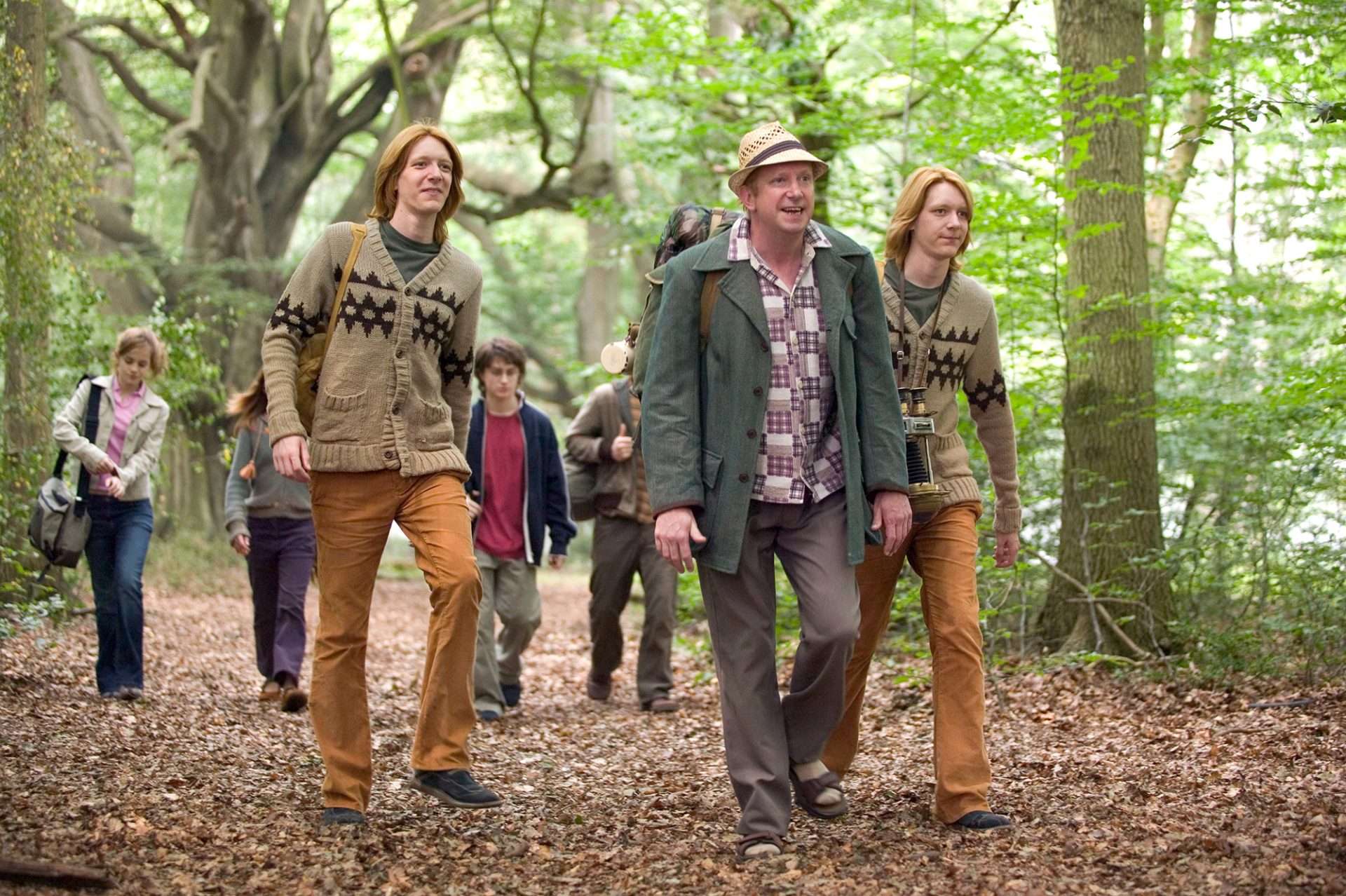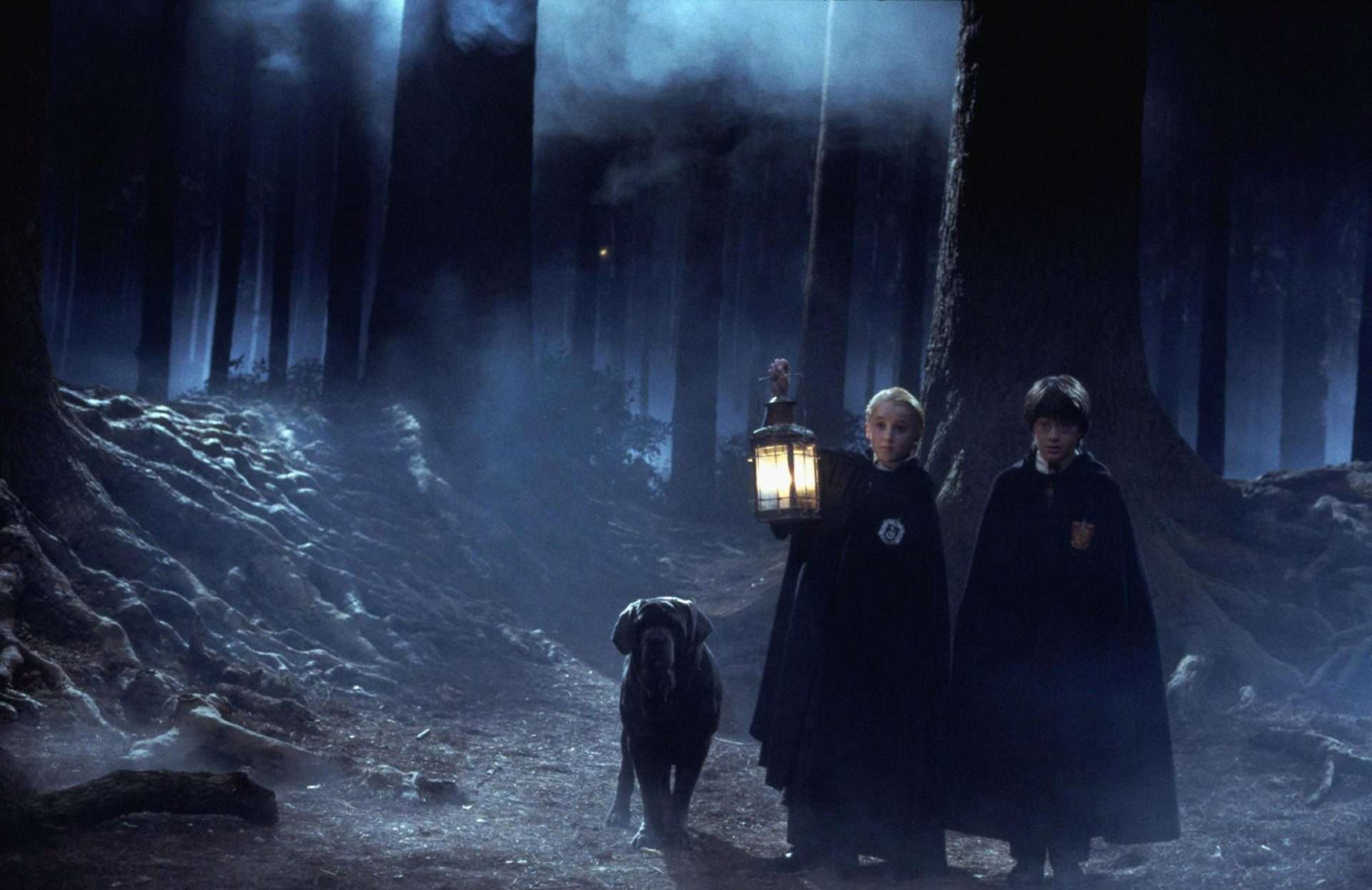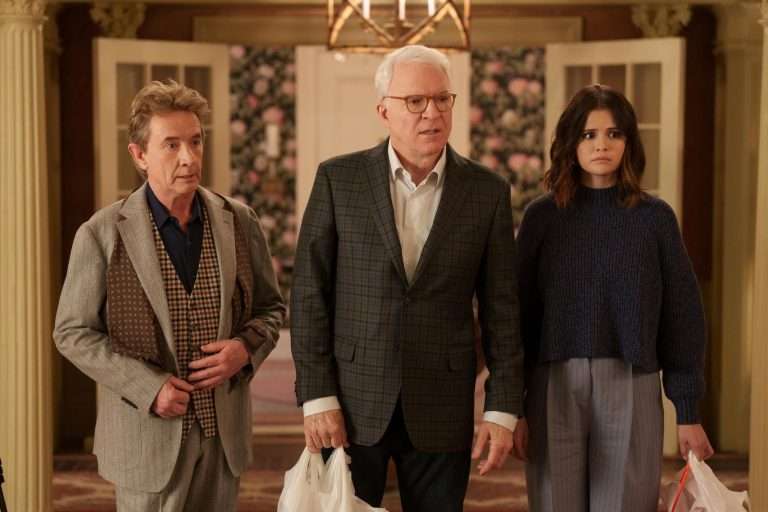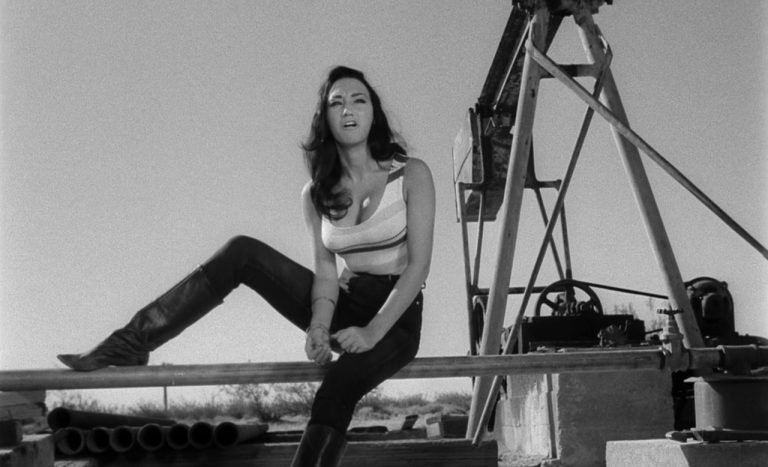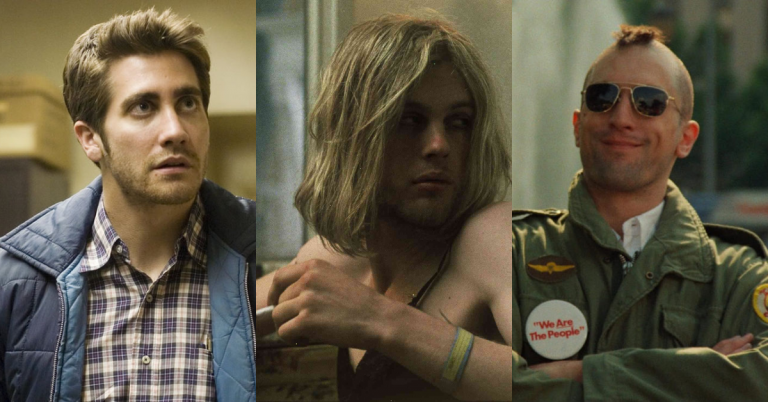The magical world of the Harry Potter series has hypnotized many people, forging a deep connection with audiences of all ages. Whether readers picked up J.K. Rowling’s first book 26 years ago or fans witnessed the magical world come to life on screen 21 years ago, an indelible bond has formed between them and The Wizarding World. The resonance of Harry Potter lies in its remarkable ability to touch so many lives through its rich storytelling and relatable characters. The series digs into the ever-lasting friendships formed at Hogwarts School of Witchcraft and Wizardry, the trials and tribulations of young adulthood, and the eternal struggle between good and evil, resonating with readers on multiple levels. Fans of all generations not only find solace in the struggles and triumphs of Harry, Hermione, and Ron as they navigate life’s challenges but they are also put into such a spell that they are forced to look beyond, leading to the birth of Harry Potter theories that both baffle and amuse them.
The intricate narrative of the series has thus inspired fans to meticulously dissect each scene and character, sparking a deeply ingrained culture of fan theories and interpretations. Every detail, no matter how seemingly insignificant, from symbols to pivotal plot twists, has ignited discussions, allowing Pottermaniacs to dive deeper into the world Rowling crafted. Theories about hidden connections, undiscovered magical abilities, and unexplored realms abound, showcasing the extent to which fans immerse themselves in the wizarding universe. In this exploration of the Harry Potter phenomenon, we delve into how the beloved series has woven itself into the fabric of people’s lives and pop culture, creating a tapestry of shared experiences, profound emotions, and imaginative speculations. Here, we present 10 theories about Harry Potter that undeniably align with the narrative’s integrity.
1. The Dementors represent depression and mental illness
The theory that Dementors represent depression and mental illness in the Harry Potter series is a popular interpretation among fans. Dementors are dark, soul-sucking creatures introduced in “Harry Potter and the Prisoner of Azkaban.” They guard the wizarding prison, Azkaban, and are known to induce feelings of extreme despair, fear, and hopelessness in anyone who comes near them. They can suck out their victims’ positive emotions and happy memories, leaving them feeling empty, numb, and unable to find joy in life. This similarity to depression, which drains a person’s capacity to experience happiness and hope, resonates strongly with fans. Throughout the books and movies, characters who encounter Dementors describe the overwhelming darkness and despair surrounding them.
This haunting experience closely mirrors individuals’ emotional struggles when going through depression, as they may feel as though a cloud of darkness is following them, isolating them from others in an attempt to protect loved ones from their own emotional turmoil. Harry Potter’s experiences with Dementors are particularly significant, as he is one of the few who can hear their chilling screams, and their presence brings forth traumatic memories of his parent’s death – which further metaphors to how individuals who have mental illness can be triggered by past traumas, leading to haunting and emotionally overwhelming moments. The Patronus Charm, the only known spell to repel Dementors, requires a strong, positive memory. It reflects that hope and positive thinking can be powerful tools in combating depression and mental illness, symbolizing the importance of finding inner strength to overcome emotional darkness.
2. Horcruxes mirror child abuse
The theory suggesting that Horcruxes serve as a metaphor for child abuse within the Harry Potter series presents a psychological interpretation that draws attention to the parallels between the creation of Horcruxes and the traumatic repercussions of child abuse on its victims. Horcruxes are dark objects wherein a wizard or witch can hide a fragment of their soul by committing murder. Voldemort, the main antagonist in the series, builds multiple Horcruxes to attain immortality. Creating a Horcrux requires committing murder, which is both heinous and traumatic for the victim and deeply affects the sinner. Similarly, child abuse is a form of trauma that can have devastating and lasting effects on the victim, affecting their emotional and psychological well-being. When a wizard creates a Horcrux, they split their soul into fragments, leading them to lose empathy, remorse, and humanity, resembling the psychological concept of dissociation as a means of coping with overwhelming emotions.
Voldemort’s pursuit of immortality through Horcruxes can be interpreted as symbolic of his emotional detachment—a prevalent coping mechanism among survivors of child abuse, a way of shielding oneself from further harm. The Harry Potter series fans believe that Voldemort’s back story reveals a tumultuous childhood marked by neglect, abuse, and abandonment. The severe mistreatment he endured at the hands of his Muggle father and during his time at the orphanage likely contributed to his hunger for power and control, forcing him down a dark path. This correlation aligns with the notion that individuals subjected to abuse may develop maladaptive coping strategies, such as seeking power and control to counterbalance their feelings of vulnerability. Throughout the Harry Potter narrative, destroying the Horcruxes emerges as a key aspect to defeating Voldemort—a representation of the healing process for survivors of abuse.
3. Neville Longbottom is the true chosen one
One of the key arguments in favor of Neville as the true chosen one is the parallel trajectory of his life with that of Harry. According to Professor Trelawney’s prophecy, a child born at the end of July to parents who had defied Voldemort three times would have the power to defeat him. It initially points to Harry as the chosen one, but the prophecy could also apply to Neville. Harry’s and Neville’s early lives took vastly different paths. Voldemort targeted Harry specifically, marking him as the one to fulfill the prophecy. However, Voldemort also marked Neville, inadvertently giving him a significant role in the story. The fact that either of them could be the one adds weight to the argument that Neville is a possible alternative. Neville’s character development throughout the series is substantial, transforming from a clumsy and insecure young wizard into a brave and capable leader.
Furthermore, fans consider Neville’s involvement in the Battle of Hogwarts and his ability to pull the Sword of Gryffindor from the Sorting Hat significant. It parallels Harry’s ability to wield the sword, suggesting a shared heroic destiny. Additionally, the Sorting Hat’s choice to place Neville in Gryffindor represents his courage which can be understood from the sequence in “Harry Potter and the Order of the Phoenix,” when faced with a Boggart, Neville’s fear of Severus Snape (a crucial figure to the overall narrative), foreshadows the ultimate role he plays in the final confrontation. Another theory tells that Neville’s parents, Alice and Frank Longbottom, were members of the original Order of the Phoenix and were tortured into insanity by Bellatrix Lestrange and other Death Eaters. This tragedy is similar to the suffering endured by Harry’s parents and further solidifies Neville’s connection to the series’ overarching themes.
4. Harry is in a coma throughout the series
Harry Potter in a coma throughout the series is quite an imaginative fan interpretation proposing that the entirety of the magical world created by J.K. Rowling is a construct of Harry’s unconscious mind after surviving Lord Voldemort’s curse as a baby. The theory asserts that after Voldemort’s curse rebounded upon him when he tried to kill baby Harry, both were severely injured. Voldemort was reduced to a barely-alive state, and Harry fell into a coma. In this comatose state, Harry’s mind constructs this magical world (everything that transpires in the books/movies) —Harry’s journey to Hogwarts, his friendships, conflicts, and even the final confrontation with Voldemort—is a manifestation of his subconscious mind – providing him a sense of purpose, belonging, and agency, helping him deal with the real-world trauma.
Supporters of this theory point out that the Deathly Hallows represent different stages of Harry’s acceptance of death and the afterlife – a metaphor for his struggle with mortality while in a coma. Similarly, characters like Dumbledore might symbolize Harry’s subconscious attempts to guide himself toward healing and awakening. Besides that, few believe that some magical elements don’t align with a coherent universe, which the theory attributes to Harry’s subconscious imagination constructing the world. The theory also suggests that Harry’s eventual “awakening” from the coma would parallel the series’ resolution, symbolizing his triumph over his inner struggles and traumas. One of the strengths of this theory is its flexibility in interpreting various events in the series that could represent Harry’s subconscious processing, allowing fans to find connections and symbolism throughout the narrative.
5. The Marauders are stuck in purgatory
The Marauders were close-knit friends (James Potter, Sirius Black, Remus Lupin, and Peter Pettigrew) during their time at Hogwarts, but their relationships were complicated. Sirius’s betrayal of his family, followed by his imprisonment, Peter’s betrayal and alignment with Voldemort, and the various challenges they faced as members of the Order of the Phoenix could have left lingering feelings of guilt and remorse. As per the fans, the Marauder’s spirits are believed to be trapped in an intermediate state between life and the afterlife, marked by unresolved issues and regrets. With this theory, many interpret Purgatorial Elements, depicted in various mythologies and religious beliefs, as a place where souls work through their past mistakes to achieve redemption.
Their interactions and struggles suggest they are trying to accept their wrongdoings and find closure. The inability to move on from past mistakes could symbolize the impact of choices and the weight of one’s history. Their presence could serve as a reminder that even after death, individuals must confront their actions and find a way to make amends. Adding more weight to this theory, Harry’s connection to the Marauders, especially his relationship with his father, James, could be interpreted as a symbolic link between the living world and the purgatorial realm. Harry’s discovery of his father’s past and interactions with his parents’ friends might represent his role in helping them find a resolution and move on.
6. The Mirror of Erised drives people to madness
“The Mirror of Erised” is a magical object introduced in J.K. Rowling’s “Harry Potter and the Philosopher’s Stone.” The mirror shows a person’s heart’s deepest and most desperate desires. However, fan theories have taken this concept further, suggesting that the mirror’s effects can potentially drive people to madness due to its addictive and dangerous nature. Once someone gazes into the mirror, which holds the power to show individuals their most cherished desires, whether seeing deceased loved ones, achieving unattainable goals, or experiencing long-lost moments of happiness, it’s easy to become obsessed with the image. In a way, the compulsive use of the mirror allows people to escape from their current reality and immerse themselves in a fantasy where their wishes have come true, which can become dangerous when individuals start prioritizing their fantasy stories over their real lives.
The more time someone spends in front of the mirror, the more detached they become from the real world, leading to neglect of responsibilities, relationships, and personal growth. Over time, constant exposure to the mirror’s illusions (that can lead the person to believe in unrealistic experiences) can evoke intense emotions, ranging from joy and longing to sorrow and regret. Constantly experiencing these emotional highs and lows can affect a person’s mental health, potentially leading to emotional instability or withdrawal from their social circles and relationships. They might believe that the mirror is the only source of solace and understanding, further isolating them and leading them to a sense of madness as they lose touch with reality and meaningful connections.
7. Hogwarts is a mental institution
The “Harry Potter” series fan suggests that the entire wizarding world, including Hogwarts School of Witchcraft and Wizardry, symbolizes a mental institution. According to this theory, many characters can be seen as representations of different mental health conditions or psychological struggles. For instance, Harry might symbolize depression or trauma due to his difficult upbringing and struggles with the Dark Lord. Hermione could be seen as an embodiment of anxiety and perfectionism, while Luna Lovegood could represent eccentricity or dissociation. Hogwarts is a haven for these “patients” – a place where they can learn to understand and manage their struggles, much like individuals in a mental institution who work on coping mechanisms and personal growth.
The Sorting Hat and the house system could mean it provides structure and support to students dealing with various mental health challenges. Each house could represent a different coping mechanism or approach to handling their struggles. On the other hand, magical elements and creatures in the series could be seen as metaphors for psychological phenomena. For instance, Dementors could symbolize depression and feeling emotionally drained, while Boggarts might represent personal fears and anxieties. The characters’ journeys throughout the series are representations of personal growth, healing, and overcoming mental health challenges. At the same time, the use of magic (spells, potions, and magical creatures, like thestrals, Hippogriffs, and the giant squid in the Black Lake) throughout the series could be a metaphor for the different therapeutic tools and techniques individuals use to cope with their mental health issues.
8. The Weasleys are impoverished due to Arthur’s gambling addiction
An intriguing speculation about the Weasley family’s financial situation proposes that Arthur Weasley has always been fascinated with Muggle’s things and activities, particularly gambling, which may have contributed to the family’s financial struggles. Arthur, employed at the Ministry of Magic in the Misuse of Muggle Artefacts Office, developed an increasing curiosity about the Muggle world, likely exposing him to Muggle gambling. The Weasley family, known for their financial challenges, frequently relies on hand-me-downs and faces difficulty affording basic necessities. Some fans even speculate that they might have sought financial assistance from their friends.
Those interested in Muggle activities could encounter financial problems within the wizarding world, which operates on its particular currency (Galleons, Sickles, and Knuts). If Arthur Weasley had engaged in Muggle gambling, he might have needed to use Muggle currency, contributing to financial strain. Further reinforcing this theory is Arthur’s fixation on Muggle artifacts, often taking precedence over practical concerns. This inclination could lead him to use a significant portion of the family’s resources to collect or study these items. For instance, he once spent the family’s vacation budget on a Muggle car in “Harry Potter and the Chamber of Secrets,” subsequently uses the car to travel to King’s Cross Station for Harry’s second year at Hogwarts, hinting at potentially poor financial planning for the Weasley’s.
9. The Deathly Hallows are a metaphor for addiction
The Harry Potter fandom believes that ‘The Deathly Hallows’ is a metaphor for addiction. This theory parallels the temptation of the Deathly Hallows in the wizarding world and the destructive nature of addiction in the real world. For instance, the Invisibility Cloak (Hallow 1) represents the initial lure of a substance or behavior that can provide a sense of escape or comfort. Just as the cloak renders its wearer invisible and hidden from the outside world, substances like drugs or behaviors can create a temporary escape from reality and its challenges. Similarly, the Resurrection Stone (Hallow 2) symbolizes the desire to revive and relive past experiences or emotions, representing the longing to recapture the initial euphoria or relief that the addictive substance or behavior once provided. Additionally, the Elder Wand (Hallow 3), on the other hand, represents the pursuit of power and control which can be equated to how addiction can lead individuals to seek control over their own lives, even as the addiction itself takes over and manipulates their decisions.
In the Harry Potter series, characters are willing to go to great lengths to possess all three Deathly Hallows, believing that doing so will make them the “Master of Death.” On a grander scale, metaphors to the all-consuming nature of addiction, where individuals might go to extreme lengths to obtain and consume the addictive substance, believing it will fulfill their desires and improve everything. However, throughout the series, the characters who pursue the Deathly Hallows often face negative consequences, including death. It aligns with the idea that addiction can lead to destructive outcomes, both physically and emotionally. The final battle in “Harry Potter and the Deathly Hallows” centers on Harry’s decision to willingly give up the Elder Wand, understanding the potential harm it can cause. It can be seen as a representation of the complex process of letting go of addiction and making a conscious effort to break free from its grip.
10. Harry died in the Forbidden Forest
Did Harry Potter actually die in the Forbidden Forest during the events of “Harry Potter and the Deathly Hallows”? Fan theories suggest that Harry’s encounter with Voldemort’s Killing Curse led to his death, and his subsequent experiences were a journey through the afterlife. In “Harry Potter and the Deathly Hallows,” Harry uses the Resurrection Stone to summon the spirits of his deceased loved ones, including his parents, Sirius Black and Remus Lupin. The stone doesn’t merely bring forth echoes of these characters; instead, it brings Harry into the afterlife where they reside. After being hit by the Killing Curse in the Forbidden Forest, Harry finds himself in a dream-like version of King’s Cross Station – a place that is neither fully in the living world nor completely in the afterlife. This transitional phase between life and death could be interpreted as the “King’s Cross” scene where Dumbledore provides Harry with explanations about the events that occurred and their implications – a guide in the afterlife, helping Harry come to terms with his situation.
According to the theory, Harry’s choice to return to life after his conversation with Dumbledore is a conscious decision to leave the afterlife and continue his journey in the living world. This choice signifies his willingness to face the challenges ahead and confront Voldemort for the final time. Another aspect of this theory involves Harry’s connection to the fragment of Voldemort’s soul that unintentionally became a part of him. Since the Killing Curse was cast using Harry’s blood (due to Voldemort’s use of Harry’s blood in the resurrection ritual), this theory proposes that the Horcrux fragment within Harry was destroyed when Voldemort’s curse hit him. Adding layers of symbolism to Harry’s journey, his apparent death and rebirth parallel the classic hero’s journey motif of death and resurrection, representing his transformation and growth throughout the series.

